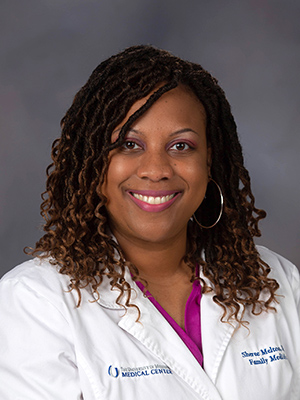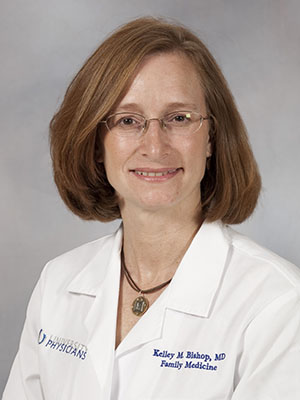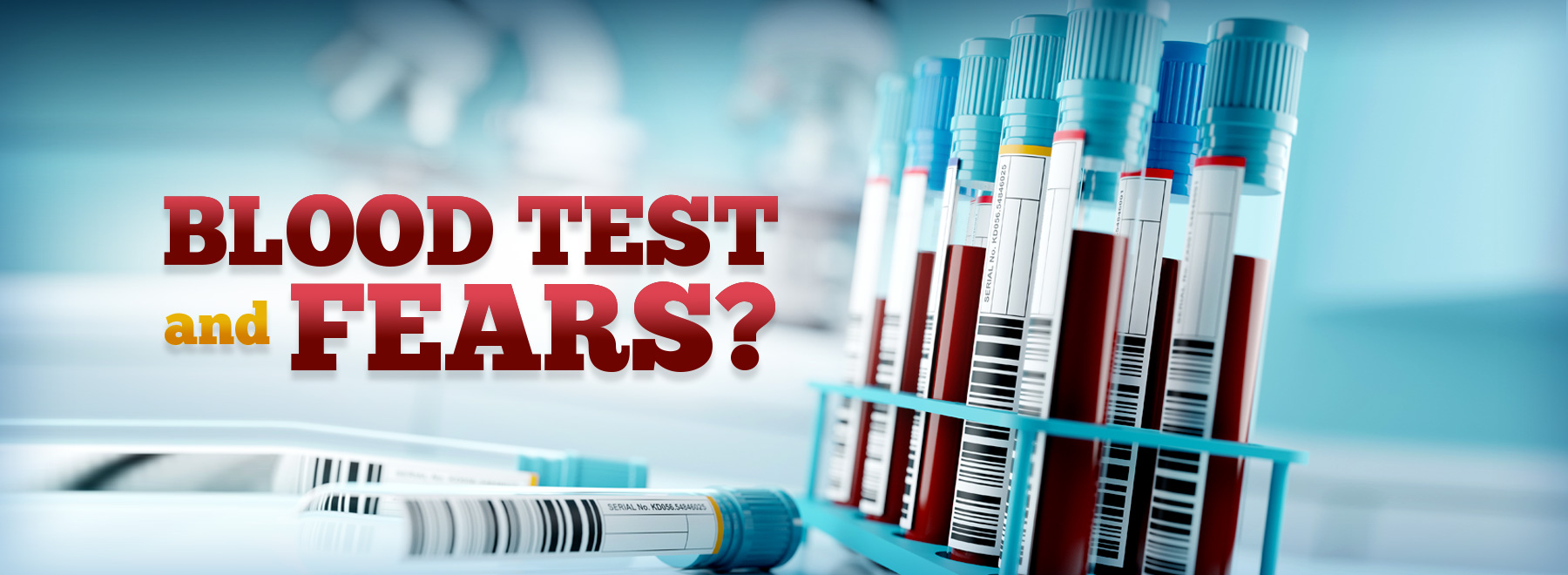Don’t sweat it; here are the hard and fast(ing) rules
A post-midnight snack is a forbidden treat sometimes linked to unpleasant consequences, in legend and in life.
But, in spite of what you may have heard, it doesn’t always spawn gremlins or faulty blood tests.
In fact, fasting before a blood test is, in spite of past practices, not absolutely necessary in all cases, say experts at the University of Mississippi Medical Center.

“We’re thankful for the technology we have now,” said Dr. Sheree Melton, assistant professor of family medicine at UMMC. “Patients don’t usually have to worry about fasting, and we’re still able to get accurate results.
“Even if there are some test results that are of concern, they can always come back for a fasting test.”

Dr. Kelley Bishop does prefer that her patients fast before a blood test, but will adjust if they don’t.
“Things have definitely evolved and become a little less stringent,” said Bishop, assistant professor of family medicine at UMMC. “For generally healthy patients, if they forgot to come in fasting for whatever reason, we take what we can get.
“For people who are not as healthy, they are coming in for a visit more often. With them, we may be a little more stringent and try to get a fasting test at some point.
“As a working person, I know it’s quite difficult to get a doctor’s appointment more than once a year. People have gotten busier and busier. So, if the person is there, let’s go ahead and get the test.”
A blood test requires that you relinquish, through a needle or finger prick, a small sample of what is perhaps your favorite body fluid; it is often performed during routine checkups.
Lab workers analyze your blood, yielding results doctors use to help diagnose diseases and certain conditions, determine how well your organs are working, detect your risk factors for heart disease, find out if your medications are doing their jobs, and discover how well your blood is clotting.
For wellness visits, where physicians get the latest word on your overall health, Melton, for one, doesn’t ask her patients to fast anymore. “This is for a diabetes screening and a cholesterol screening,” she said.
Diabetes screening, done through a blood sugar measure, can identify unusually high glucose; this is a sign of diabetes or the risk of same – known as prediabetes.
“We can get useful information if the patients is fasting or not,” Bishop said. “But we just need to know if the patient is or isn’t.” An accurate interpretation of the results depends on this knowledge.
At any rate, physicians have at hand what is known as the hemoglobin A1C, or HbA1c, test. If your test results, or your A1C, is 5.6 or below, you’re OK. Between 5.7 and 6.4, you are pre-diabetic. At 6.5 and above, you have diabetes.
Before this test came into use for diabetes screening, patients were asked to fast for several hours before seeing the doctor. “Now, with hemoglobin A1C test, we can get the patient’s average level of blood sugar for the past three months,” Melton said.
It gives physicians a better idea of how well a patient is, or isn’t, metabolizing glucose – that is, putting it to good use, Bishop said.
Fasting is not required. And, if you’re not asked to go foodless beforehand, “it shouldn’t matter what you eat or drink,” Melton said.
Although the A1C has been around for some time, many physicians have administered it for diabetes screening only relatively recently because of changes in insurance coverage. Melton has been using it for about five years, she said.
“A lot of times, patients assume they should be fasting. But with those who have, say, a 2 p.m. appointment, I never ask them to fast, not after lunch. If your appointment is after lunch, do not come in fasting.” For many patients, eating nothing for that long is not good for their health, she said.
Still, if you did not fast before having your blood glucose level tested (and not your A1C as well), and the level is not normal, Melton will ask you to come back for another test – after fasting. That means nothing to eat and little to drink – other than water or, perhaps, decaffeinated coffee – for six to eight hours.
“So, if patients have a morning appointment, I tell them not to eat anything after midnight,” Melton said.
Six hours, “pound for pound,” is plenty for most people, Bishop said. “Eight hours is plenty for everyone.”
Fasting is also not necessarily a must when it comes to uncovering the risk of atherosclerotic cardiovascular disease – hardening of the arteries – for patients older than 40. For this, physicians turn to the ASCVD Risk Calculator, which estimates the likelihood for a 10-year-period.
Among the those factors taken into account are blood pressure, whether you smoke cigarettes, whether you’re diabetic, your race, your gender, your age. Others considered are total cholesterol and high-density lipoprotein (HDL), or “good cholesterol, levels. These numbers are come by, of course, through blood tests, and they aren’t affected much by recent meals.
Not so with triglycerides. An accurate grasp of the presence of triglycerides, another type of fat (lipid), in your blood, is requirement to calculate your low-density lipoprotein (LDL), also known as “bad cholesterol.”
If physicians want to know this number, a post-midnight meal is just not in your near future.
Hold fast to that thought.
The above article appears in CONSULT, UMMC’s monthly e-newsletter sharing news about cutting-edge clinical and health science education advances and innovative biomedical research at the Medical Center and giving you tips and suggestions on how you and the people you love can live a healthier life. Click here and enter your email address to receive CONSULT free of charge. You may cancel at any time.



